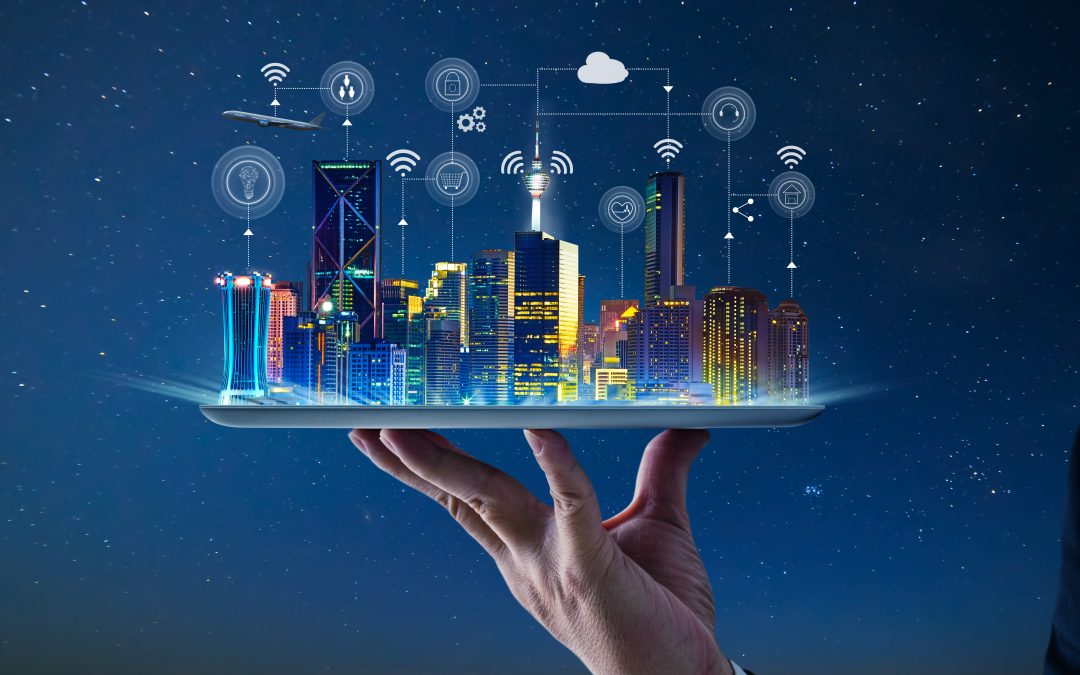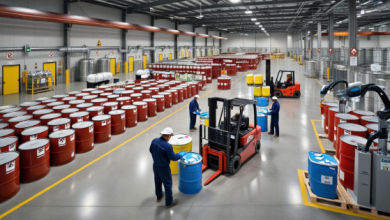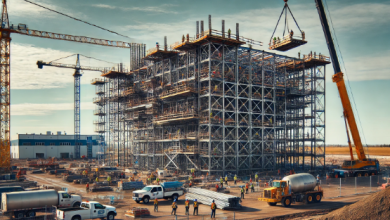Introduction
In the pursuit of optimizing building operations, enhancing energy efficiency, and providing a comfortable environment for occupants, Building Management System (BMS) have emerged as an indispensable tool for modern property managers and facility owners. A BMS, also known as Building Automation System (BAS), is a centralized control system that integrates various building components, including HVAC, lighting, security, and more. This article explores the importance of Building Management System, their key components, benefits, and the future potential they hold in revolutionizing the way buildings are managed.
Understanding Building Management Systems
A. Definition and Purpose
Building Management Systems are sophisticated networks of hardware, software, and communication protocols that enable the automation and centralized control of diverse building functions. The primary purpose of a BMS is to monitor, manage, and optimize building operations efficiently. It acts as the brain of the building, processing data from sensors, analyzing it, and making real-time adjustments to ensure the building operates at peak performance.
B. Key Components
- Sensors and Actuators
At the core of any BMS are sensors and actuators, which act as the senses and limbs of the system. Sensors gather data on temperature, humidity, occupancy, lighting levels, and more. Actuators, on the other hand, receive commands from the BMS and execute actions, such as adjusting HVAC settings or closing blinds.
- Centralized Controller
The centralized controller serves as the command center of the BMS. It processes data from sensors, makes decisions based on predefined algorithms or user inputs, and sends control signals to actuators. Modern BMS often employ sophisticated Artificial Intelligence (AI) algorithms to optimize energy consumption and comfort.
The Advantages of Building Management Systems
A. Energy Efficiency and Cost Savings
One of the most significant advantages of a Building Management System is its potential to significantly reduce energy consumption. By analyzing occupancy patterns and external environmental conditions, a BMS can adjust HVAC systems and lighting to operate at optimal levels. This leads to substantial cost savings on utility bills and a reduced carbon footprint, contributing to sustainability efforts.
B. Enhanced Comfort and Productivity
A well-implemented BMS ensures a comfortable indoor environment for occupants. It regulates temperature, humidity, and lighting to match preferences and occupancy patterns. A comfortable environment enhances productivity and well-being, leading to increased employee satisfaction and reduced absenteeism.
C. Remote Monitoring and Management
Modern Building Management Systems offer remote monitoring and management capabilities, allowing property managers to access real-time data and control building operations from anywhere. This feature is especially useful for managing multiple properties or addressing issues promptly, leading to improved response times and overall efficiency.
D. Predictive Maintenance
BMS equipped with AI algorithms can predict equipment failures or malfunctions by analyzing data patterns. This enables proactive maintenance, preventing potential breakdowns and reducing downtime. Predictive maintenance extends the lifespan of building systems, resulting in cost savings on replacements and repairs.
Integrating Sustainability with Building Management Systems
A. Demand Response and Peak Load Management
Building Management Systems can actively participate in demand response programs by adjusting energy consumption during peak demand periods. By reducing energy usage during these critical times, buildings can support grid stability and potentially earn incentives from utility companies.
B. Renewable Energy Integration
Incorporating renewable energy sources, such as solar panels or wind turbines, into a building’s energy mix is gaining traction. BMS can effectively manage the integration of renewable energy sources, optimizing their utilization based on weather conditions and energy demand.
C. Data-Driven Decision Making
Building Management Systems generate vast amounts of data on energy consumption, occupant behavior, and system performance. By analyzing this data, property managers can make informed decisions to enhance energy efficiency, identify opportunities for improvement, and set ambitious sustainability goals.
The Future of Building Management Systems
A. Artificial Intelligence and Machine Learning Advancements
As AI and machine learning technologies continue to advance, Building Management Systems will become even more sophisticated and capable. AI-powered BMS will adapt to occupant preferences in real-time, learn from historical data, and predict future trends, resulting in unprecedented levels of efficiency and comfort.
B. Integration of Internet of Things (IoT)
The integration of IoT devices into Building Management Systems will further expand their capabilities. Smart thermostats, occupancy sensors, and other IoT devices will provide additional data points for the BMS to optimize operations and tailor settings based on individual needs.
C. Decentralized and Edge Computing
Decentralized computing and edge computing technologies will bring more autonomy to individual building systems. Edge devices will make instant decisions, reducing reliance on centralized controllers and ensuring that critical functions continue to operate even in cases of network disruptions.
Conclusion
Building Management Systems have proven to be indispensable tools in modern building management, providing enhanced efficiency, sustainability, and occupant comfort. Through intelligent data analysis, predictive maintenance, and the integration of renewable energy sources, BMS plays a vital role in shaping the future of sustainable buildings. As technology continues to evolve, Building Management Systems will remain at the forefront of driving innovation in the construction and property management industries, ensuring a greener and more intelligent built environment.





